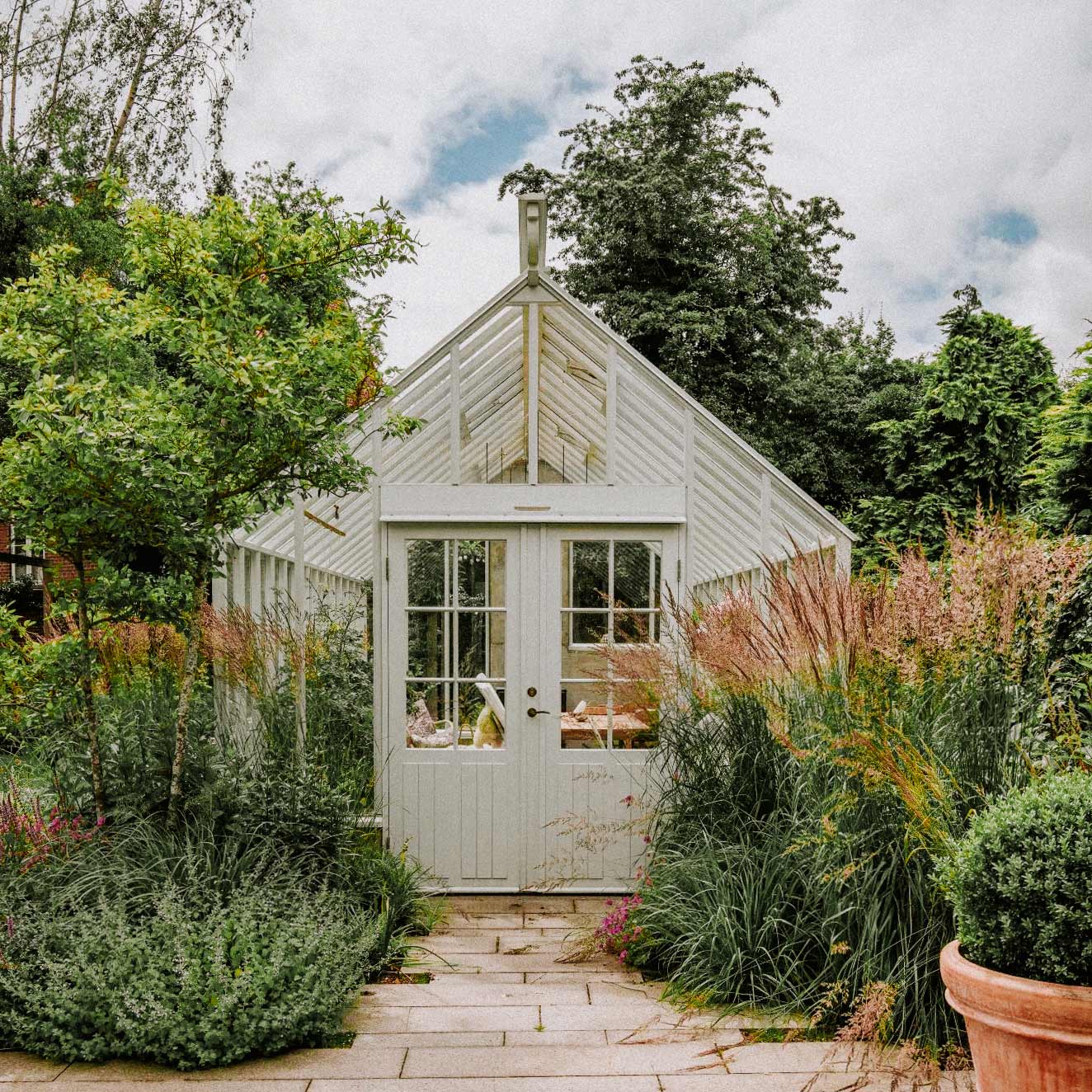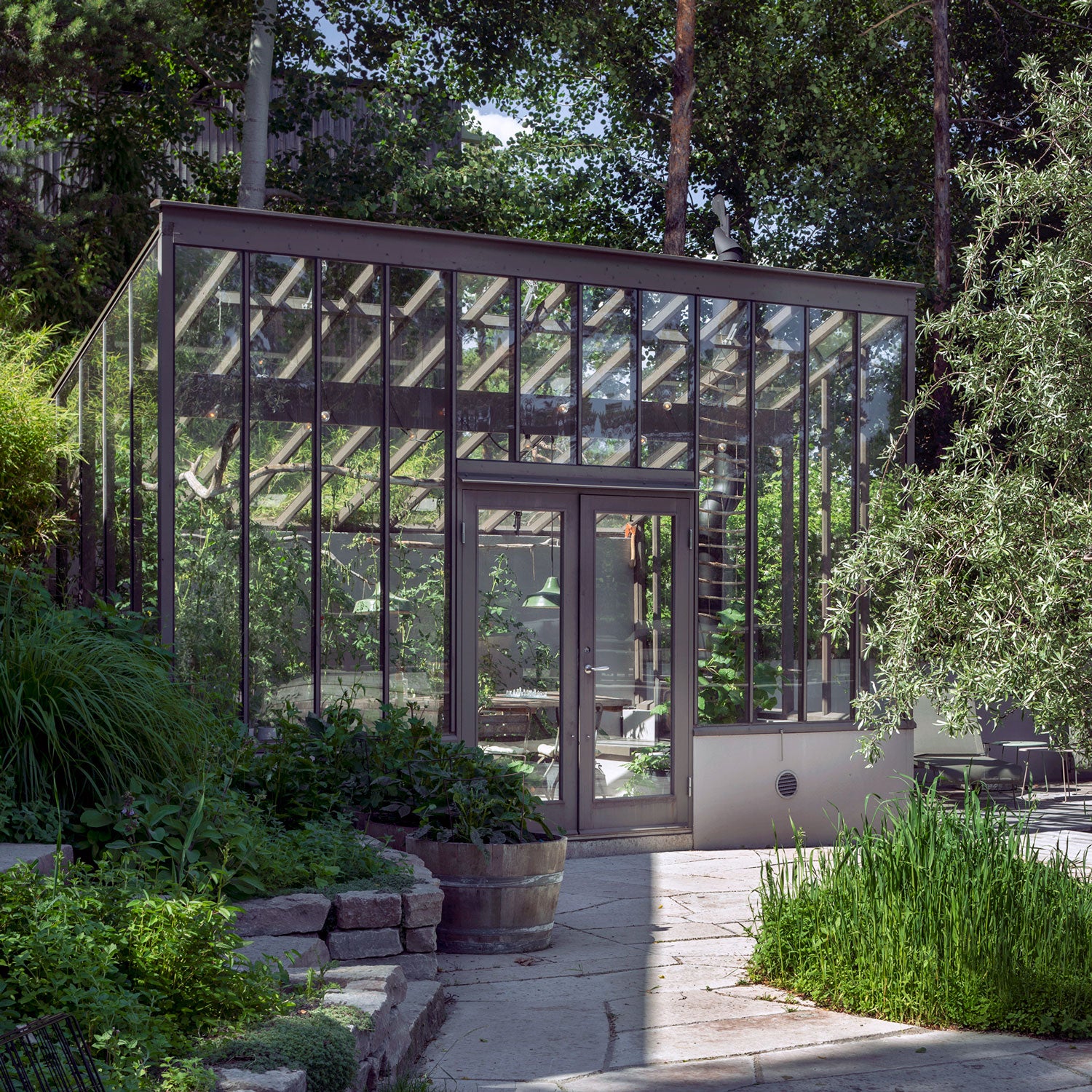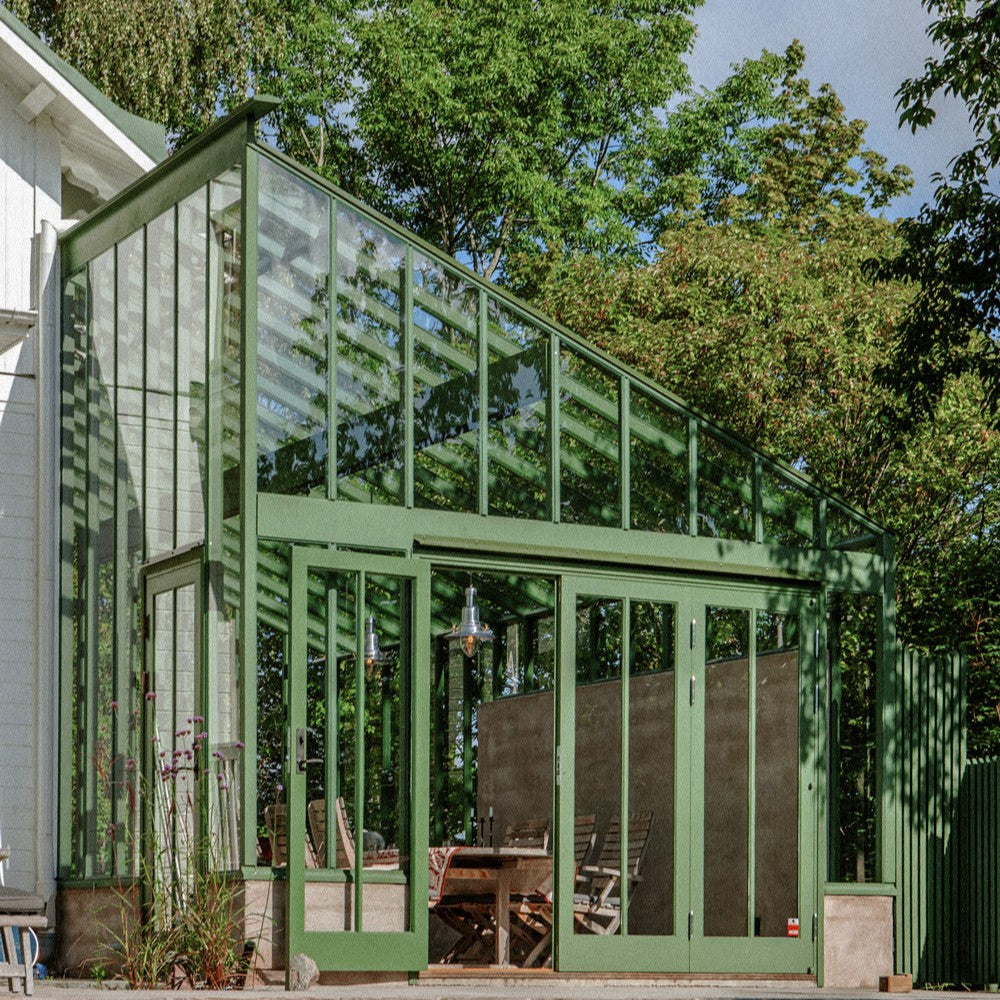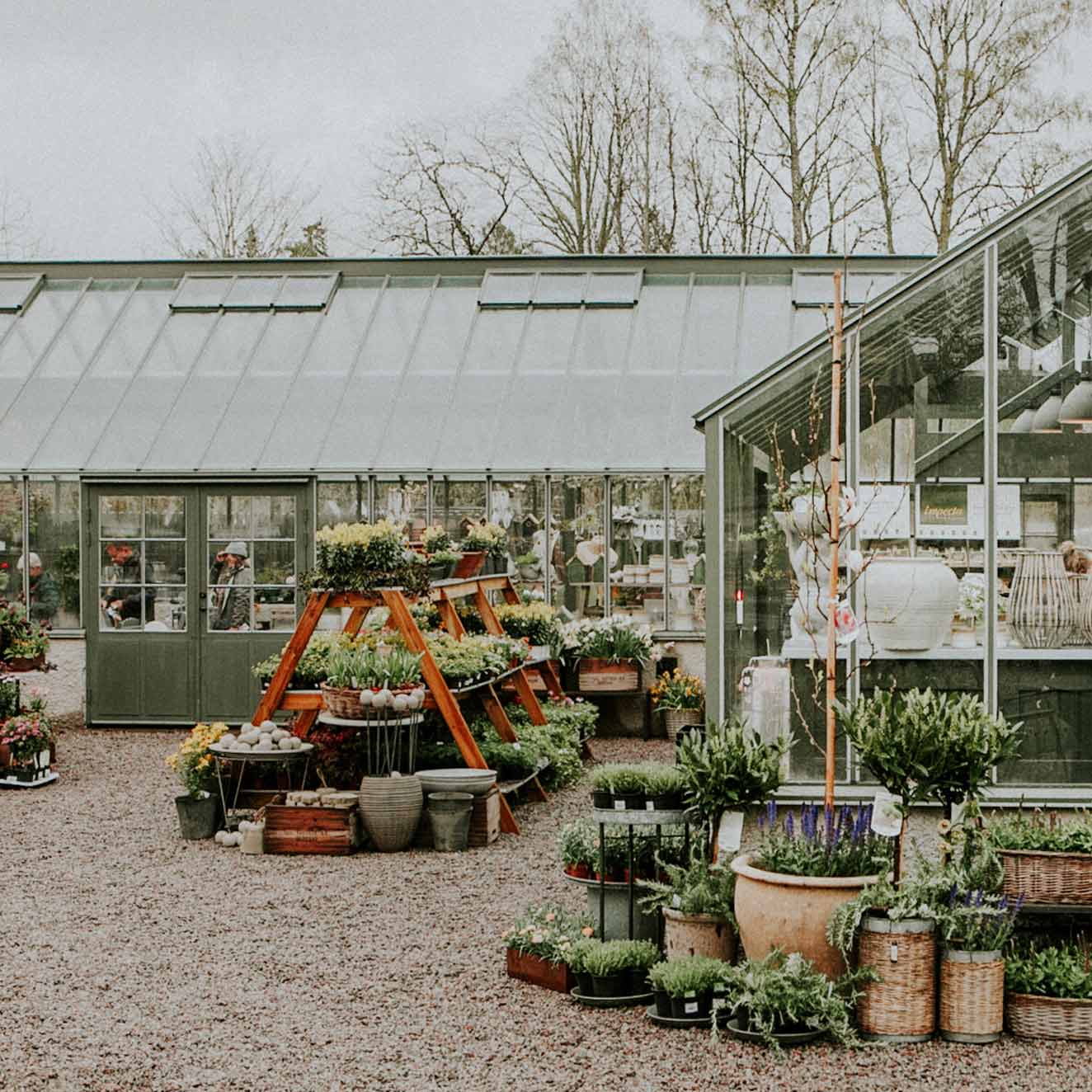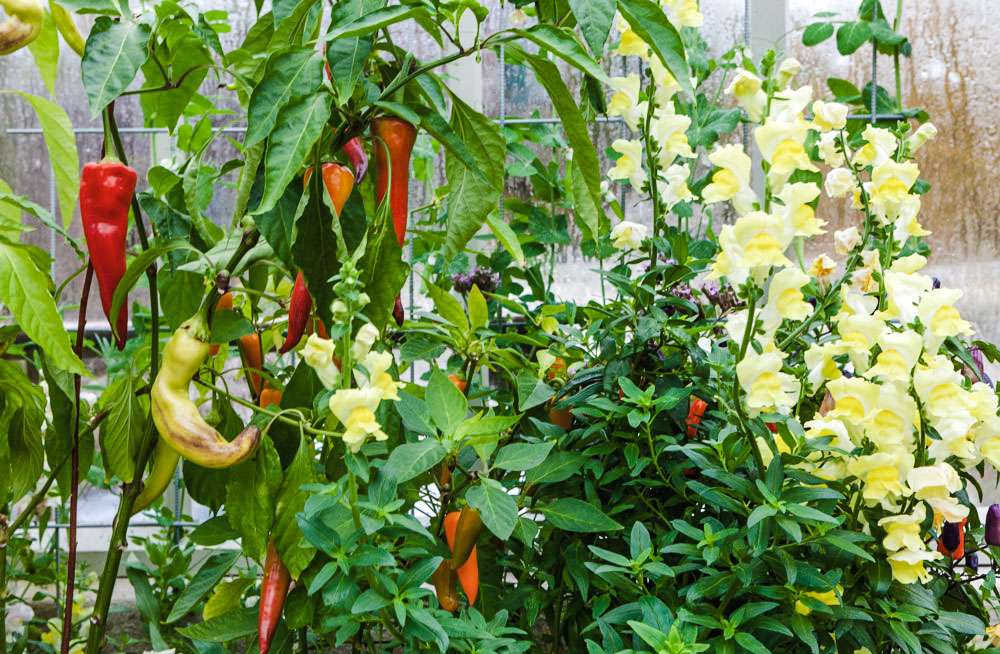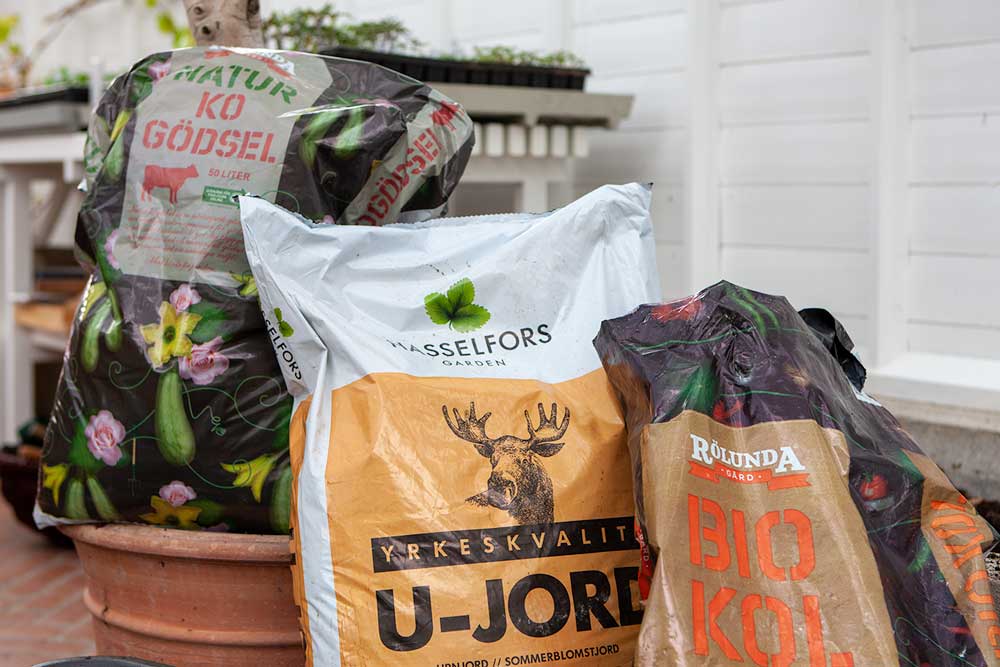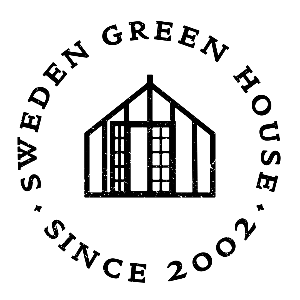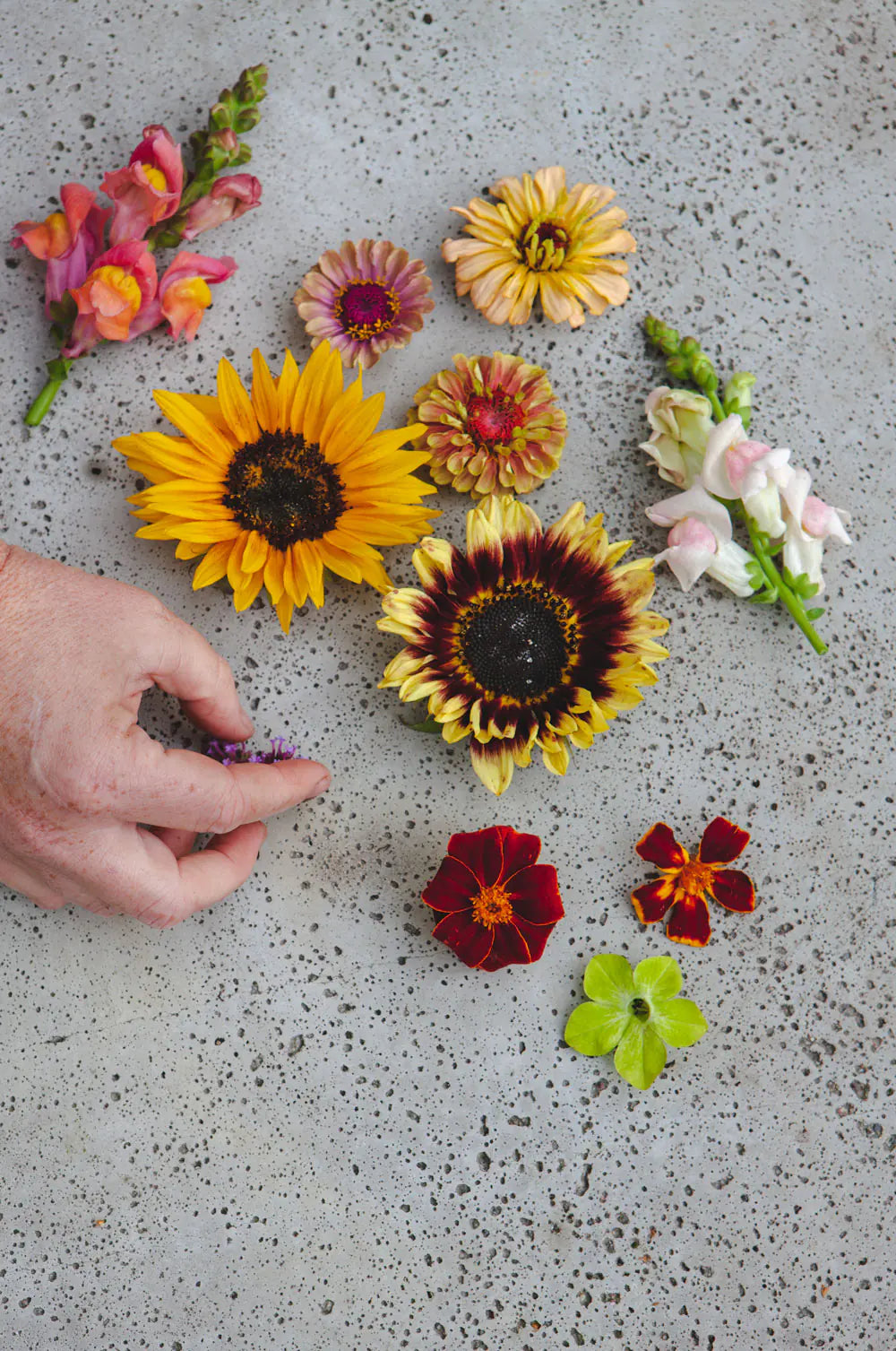
Let the beds bloom!
Here are some tips:
Some favorites: Snapdragon 'Costa Apricot' Pionaster 'Peony Chamois' Zinnia 'Queeny Lime Red' Summer Rudbeckia 'Sahara'
Snapdragon – a semi-hardy, vibrant and lovely flower that can last well into December in greenhouses. Excellent for picking as a cut flower and putting in a vase.
Nice varieties: 'Twinny Peach', 'Black Prince', 'Costa Apricota' and 'Snowflake'.
Pionaster – the large fluffy aster offers a lot of beauty and thrives well under glass where the rain can't ruin the flowers. Grows around 70 cm tall so fits well further into the bed and may sometimes need a little support.
Nice varieties: 'King Size Apricot', 'Bright Rose Peony', 'Violet', 'Peony Chamois'.
Zinnia – the pralines of flowers. Available in so many colors and heights. Can handle the high summer heat in the greenhouse without any problems and blooms well into the fall.
Nice varieties: 'Queeny Lime Red', 'Dahl Flow Polar Bear', 'Zinderella Lilac' and the golden zinnia 'Soleado'.
Summer Rudbeckia – half-hardy, a faithful servant for autumn days. A strong and reliable flower that is wonderful in the greenhouse bed when autumn is approaching. It can withstand both warm and cooler days.
Nice varieties: 'Sahara', 'Toto Gold', 'Rustic Dwarf' and 'Goldilocks'.
Fertilizer tips!
In greenhouses, it is easiest to fertilize with manure water. The best manure water is made yourself in the spring and early summer when the nettles are full of nutrients:
1 kg fresh nettles, preferably chopped
10 liters of water
Mix everything in a bucket, place a stone on the plants so they stay under water and put a lid on, let it steep for five days, strain.
Mix in 1 tablespoon EM© (effective microorganisms, available in bottles)
Dilute 1:2 with water when fertilizing
Can be stored for a couple of weeks in a cool place.
(Later in the season, you can make the same fertilizer solution but add 2 dl of pelleted chicken manure, to get more nitrogen out because the nettles contain less readily available nitrogen then)
